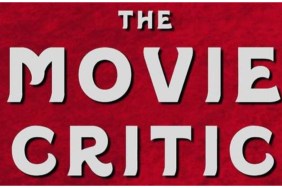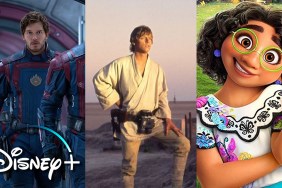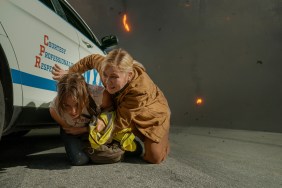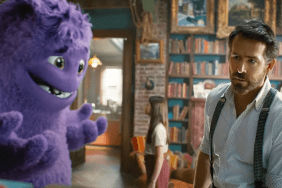
With expectation and anticipation Clint Eastwood’s Hereafter screened for a small group of press at the Toronto International Film Festival. Midway through, expectation and anticipation disappeared and were replaced by hope. I hoped something would happen of consequence, something that would give me some idea why I was watching this film. Eastwood, working with an original script penned by Peter Morgan (The Queen), works on three separate plot lines only to bring them together through a matter of weak coincidence. His message at the end is quite unclear as this exploration of death seems to want to say something, but has no idea what.
The first of three separate storylines features Marie (Cecile de France), a French journalist who has a brush with death and believes she’s seen the afterlife. Meanwhile, in London, Marcus (Frankie McLaren), the youngest of two twins, is haunted by death and begins searching for answers to what happens when we die. Finally, in San Francisco, George (Matt Damon) has abandoned his one-time profession as a psychic with very real powers to speak with the dead. Seeing his “gift” as a curse, George is looking for a life of peace, one where he can hold someone’s hand and isn’t privy to their deepest and darkest secrets.
It’s fairly obvious how these plot strands will all come together, but the journey along the way could have been much more revealing. As it turns out it is all very uninteresting and quite trivial. Marie can’t shake her visions, Marcus hunts down psychics looking for answers and George strikes up a relationship with a young woman from Pittsburgh (Bryce Dallas Howard) while keeping his brother (Jay Mohr) at bay as he continually pressures George to go back to making money as a psychic. Truthfully, it’s all a bit of a snooze.
The acting is decent. Damon and de France are both quite good. Damon in particular has three solid scenes, but like Gran Torino, when there’s a bit of an emotional uptick the child actors have a hard time keeping up with Eastwood’s fast paced shoot and their performances show it.
From a filmmaking standpoint the most interesting discussion piece is Eastwood’s use of CGI to mimic a tsunami during the film’s opening sequence and the brief glimpses into the afterlife we get throughout the film. It’s interesting primarily because Eastwood isn’t a filmmaker we typically associate with such techniques, but he’s also a filmmaker unafraid to try new things and he does just fine here. None of the visuals feel too big or as if he is trying to wow us with effects in place of story. He’s not trying to make 2012 and I don’t think we’d ever expect him to.
Otherwise, he’s working once again with Tom Stern for cinematography and Stern brings the muted color palette we’ve come to expect from Eastwood’s films over the past several years. Eastwood also composed the score, which is almost identical to what we’ve heard in his films as of late. As competent as these aspects of the story may be, neither seems to fit this film, primarily the score. I got the impression Eastwood maintained a rather low-key score so as not to let the film get away from him and become more about spectacle than story. It’s a mark of a true filmmaker and I respect the decision greatly, but this film needed something and it wasn’t softly played acoustic guitar.
On a whole Hereafter just doesn’t accomplish much. As the scenes pass by you suddenly reach a point where you’re telling yourself something has got to happen soon. It never does and at just over two hours in length it makes for a rather long haul.










